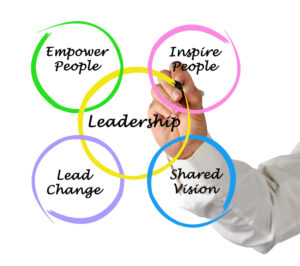
by Morten Bennedsen, INSEAD; Mario Daniele Amore, Bocconi University; and Birthe Larsen, Copenhagen Business School
Be it offering more career development opportunities, better work-life balance or bigger bonuses, companies are constantly experimenting with ways to boost employee morale and improve the work environment. Prior research shows that 84 percent of US executives believe their firms must strive to improve corporate culture, with 92 percent reckoning that achieving this would help increase company value.
Regardless of the firm, CEOs often have an outsized influence in shaping corporate culture. This can’t be written down in a contract, nor can it be adopted by simply emulating successful organisations. Instead, intangible and cultural factors related to a CEO’s personal traits are likely to play a significant role.
We set out to study how “neighbourhood CEOs” – which we define as CEOs with an affinity towards their local community – shape workplace conditions. What is the impact of having a CEO who lives closer to their office on the work environment, employee productivity and firm profitability? (more…)







